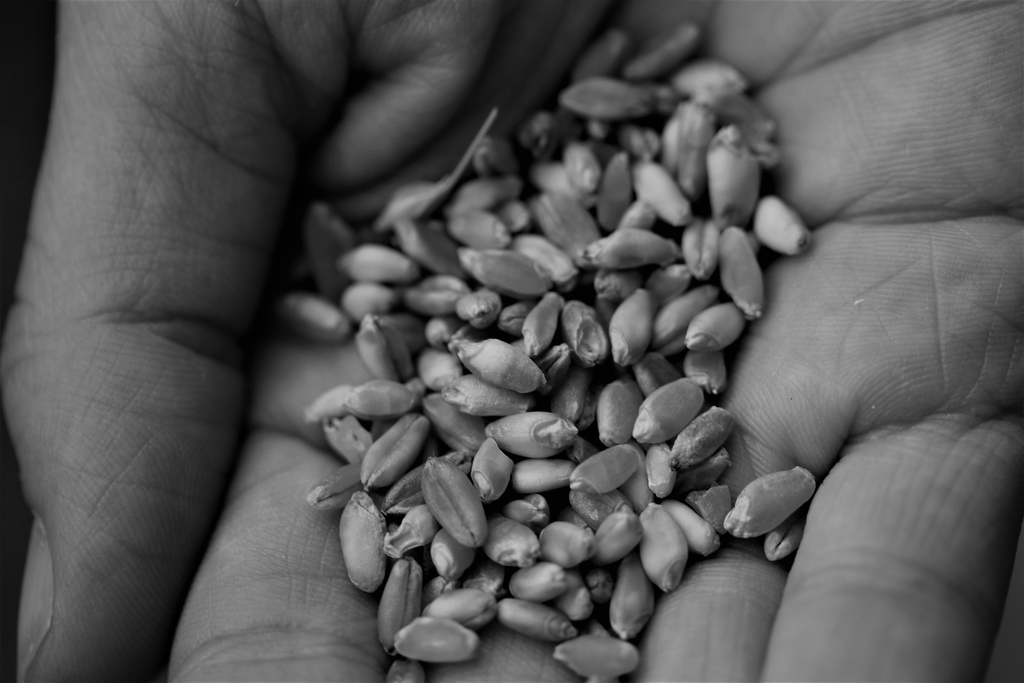Among the oldest and most important wheat festivals in Molise, there is the wheat festival in Jelsi (Campobasso), dedicated to Saint Anne. Real works of art are made with wheat for this occasion.
There are many wheat festivals in Molise, with more or less ancient origins. Although with different variations, they are all born within a rural civilization as a propitiatory rite of the harvest and thanksgiving and devotion to a saint.
Among the oldest and most important there is the wheat festival in Jelsi, a village less than twenty kilometers from Campobasso.
It all began on July 26 (a day dedicated to Saint Anne) in 1805, when a violent earthquake shocked Molise. There were few victims in Jelsi and the inhabitants attributed the merit to Saint Anne.
From then on July 26th of every year in Jelsi the wheat festival takes place, as a sign of thanksgiving to the saint whose statue is carried in procession along the streets of the village.
It is a parade of beautifully decorated allegorical floats: wheat and ears of grain are used to create compositions with a religious but also profane theme. Real works of art, which engage the citizens of Jelsi for months. The beauty of some floats is surprising.
Today the wheat festival is no longer just a religious and traditional festival; it is a more complex manifestation, expression of the identity of the village, which reinforces the sense of community.
It is part of the intangible heritage of Italy recognized by the Central Institute for Demo-ethno-anthropology.
In 2014, the Grain Festival Community Museum (Mufeg) was established.
Brunella Muttillo
Foto: G. Lembo

